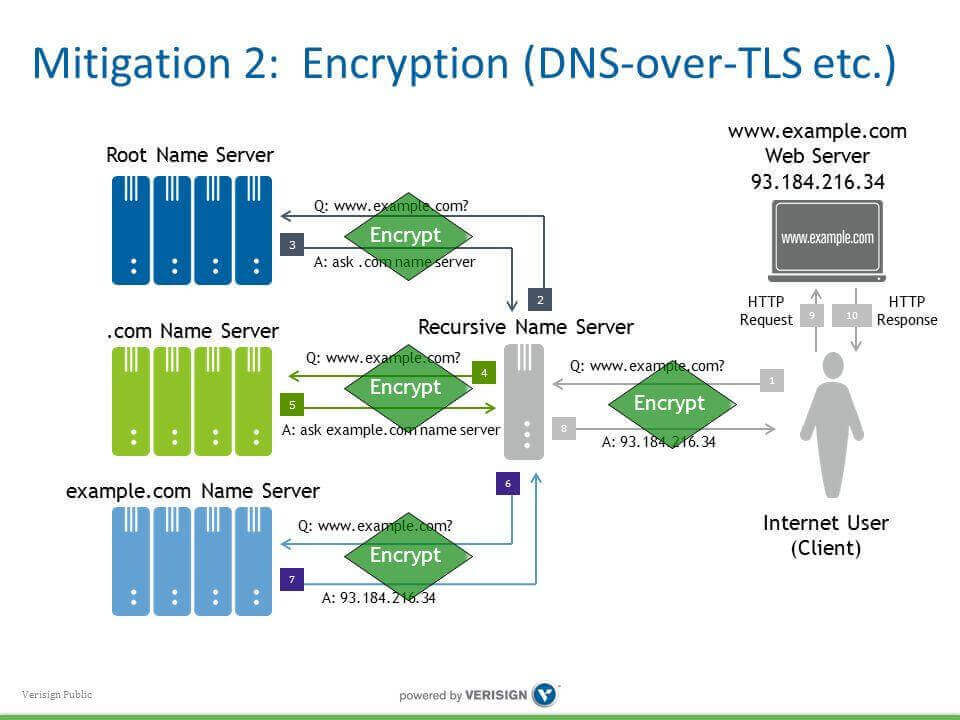
If you end up forwarding to "resolver" that has dnssec enabled then you would be doing dnssec anyway. If your going to use unbound in a forwarder mode, anything to do with dnssec pretty pointless on your setup. I could pull that out, but running unbound on pfsense, when you domain override it auto puts that in to allow for such setups where doing a domain override to an internal NS where dnssec is setup publicly, but your internal ns wouldn't be able to validate, etc. You shouldn't really need the domain-insecure: option unless you using say the same domain name as outside that had dnssec enabled. WHEN: Tue May 28 08:00:45 Central Daylight Time 2019 flags: qr rd ra QUERY: 1, ANSWER: 1, AUTHORITY: 0, ADDITIONAL: 1 >HEADER<<- opcode: QUERY, status: NOERROR, id: 123 And then query unbound, and it goes and asks my 2k12r2 box for that record (192.168.2.220). Set it as private domain as well insecure Here I setup a forwarder for domain running on AD, 2k12r2 box If that was not the case then pretty much most of the internet would fail, since they do not have dnssec setup, etc. You can for sure query a NS for a domain that has not attempted to setup dnssec with that enabled and get back results. Unbound-checkconf: no errors in /etc/unbound/unbound.Um. However, the unbound service automatically creates the files if they are missing. If you skip this step, verifying the configuration in the next step will report the missing files. Limiting the interfaces to the required ones prevents clients from unauthorized networks, such as the internet, from sending queries to this DNS server.Īdd access-control parameters to configure from which subnets clients can query the DNS service, for example:Īccess-control: 127.0.0.0/8 allow access-control: 192.0.2.0/24 allow access-control: 2001:db8:1::/64 allowĬreate private keys and certificates for remotely managing the unbound service: With these settings, unbound only listens on the specified IPv4 and IPv6 addresses. Using a group declaration to apply parameters to multiple hosts, subnets, and shared networks at the same timeĪdd interface parameters to configure on which IP addresses the unbound service listens for queries, for example: Assigning a static address to a host using DHCPģ.11. Setting up the DHCP service for subnets that are not directly connected to the DHCP serverģ.10. Setting up the DHCP service for subnets directly connected to the DHCP serverģ.9. Setting network interfaces for the DHCP serversģ.8. Configuring the radvd service for IPv6 routersģ.7. The lease database of the dhcpd serviceģ.6. The differences when using dhcpd for DHCPv4 and DHCPv6ģ.4. The difference between static and dynamic IP addressingģ.3. Providing DHCP services"Ĭollapse section "3. Configuring Unbound as a caching DNS serverĮxpand section "3. Setting up an unbound DNS server"Ĭollapse section "2. Configuring response policy zones in BIND to override DNS recordsĮxpand section "2.

Configuring zone transfers among BIND DNS serversġ.8. DNSSEC zone signing using the automated key generation and zone maintenance featuresġ.7. Setting up a reverse zone on a BIND primary serverġ.6.5. Setting up a forward zone on a BIND primary serverġ.6.3. Using Unbound to block Ads When using my PC, Ive no real problem with seeing ads, theres plenty of real estate to use and they help offset the cost of providing content for free. Configuring zones on a BIND DNS server"ġ.6.2. If you really need to have your local DNS server resolve the CNAMES, the trick is to configure BIND or NSD on another port and create a stub-zone within Unbound. Configuring zones on a BIND DNS server"Ĭollapse section "1.6. Configuring zones on a BIND DNS serverĮxpand section "1.6. Please keep in mind, this app was designed for a verbosity. Configuring logging on a BIND DNS serverġ.6. This TA is used for parsing Unbound queries and answer logs.

Configuring BIND as a caching DNS serverġ.4. The BIND Administrator Reference Manualġ.3. Considerations about protecting BIND with SELinux or running it in a change-root environmentġ.2. Setting up and configuring a BIND DNS server"ġ.1. Setting up and configuring a BIND DNS server"Ĭollapse section "1. Setting up and configuring a BIND DNS serverĮxpand section "1. Providing feedback on Red Hat documentationġ. Synopsis The remote EulerOS Virtualization host is missing a security update.
#Unbound dns update#
Update Pi-hole DNS Settings Log into your Pi-hole and go to the DNS tab on the Settings page.

sudo systemctl status unbound We have one step left now updating our Pi-hole upstream DNS settings. Managing networking infrastructure services You can check the status of Unbound to ensure it’s working properly with this command.


 0 kommentar(er)
0 kommentar(er)
